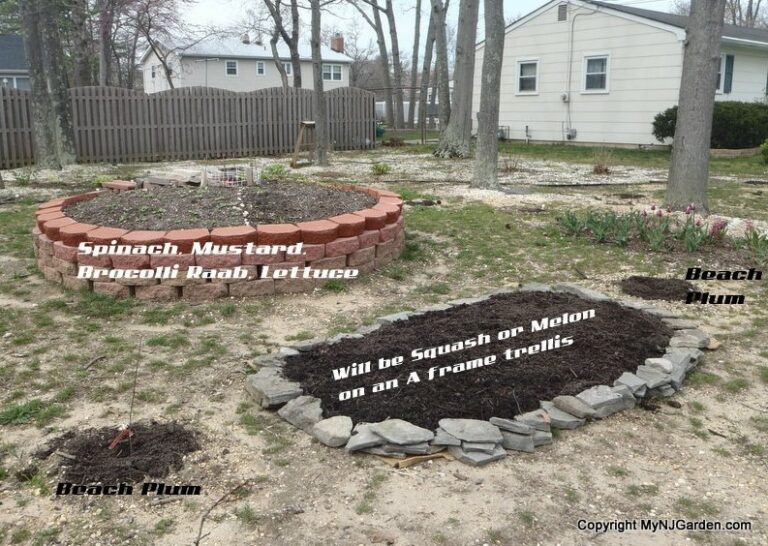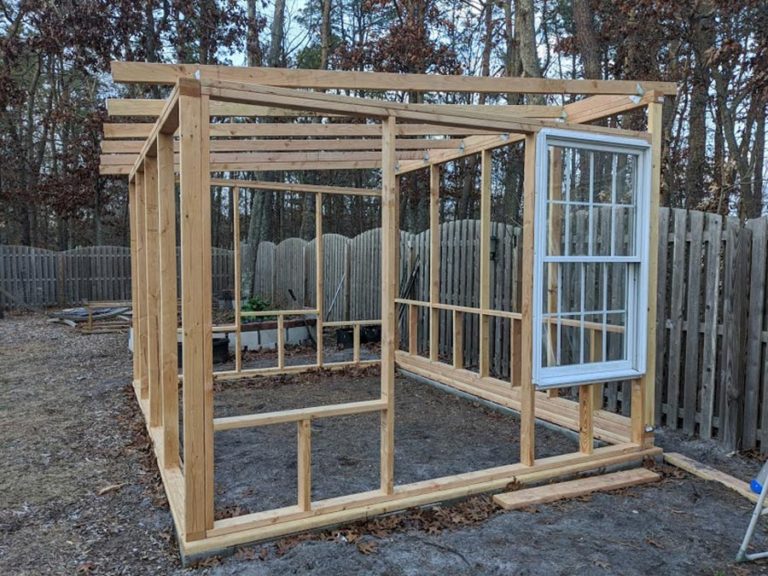Download this presentation as a .pdf file: Edible Native Plants
From my perspective, coming into this certified volunteer master naturalist course, my level of experience and interest is coming from my passion about permaculture. I’m a plant person. Not so much from a scientific standpoint – I don’t know scientific names and origins of all the plants I grow. I simply feel a deep love and connection to growing food and encouraging a living sculpture in my landscape.
Plants offer a unique variety of shapes and textures and colors and smells and flavors. Being a grower offers the ability to delight EVERY one of our senses. We can manipulate the elements in the landscape to mimic natural processes to serve our own desires and create a completely immersive experience. To me, growing is an expression of optimism and hope and patience and learning and overcoming adversity and independence and of course, creativity.
Recently, I’ve become aware of the benefits of planting native plants in my home landscape. Natives are important from a conservation perspective. The more adapted and comfortable plants are in their growing environment, the less energy, resources and inputs from the grower are needed for those plants to thrive and produce. They also offer optimal support for the rest of the ecosystem and not just the human who planted them. Native insects, wildlife and soil relationships depend on plants that are adapted to this environment to fill appropriate spaces in the intricate web within the Barnegat Bay Watershed.
During our naturalist excursions to county and state parks around Ocean County, our group found and discussed a number of edible, native plants that can easily be incorporated into a productive and environmentally conscious, Jersey friendly yard.


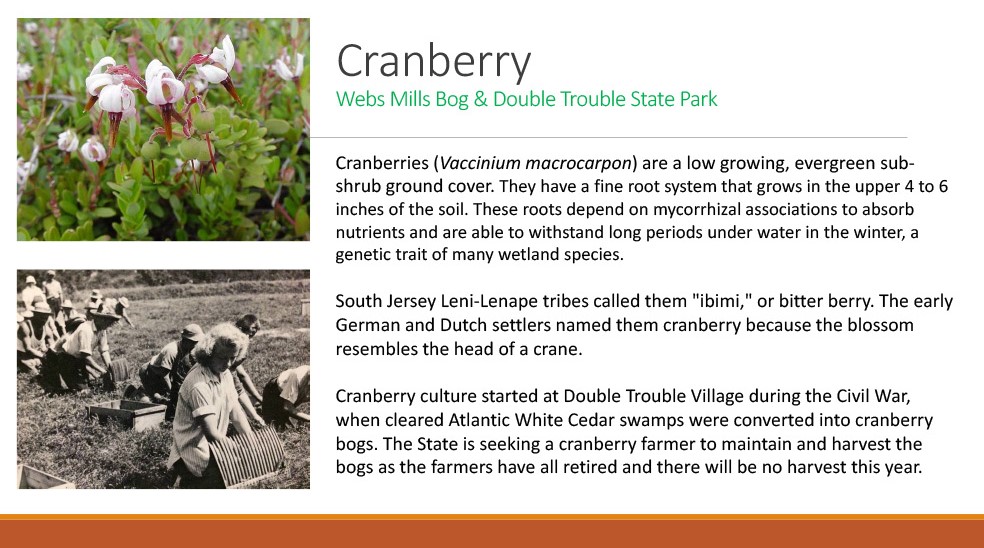

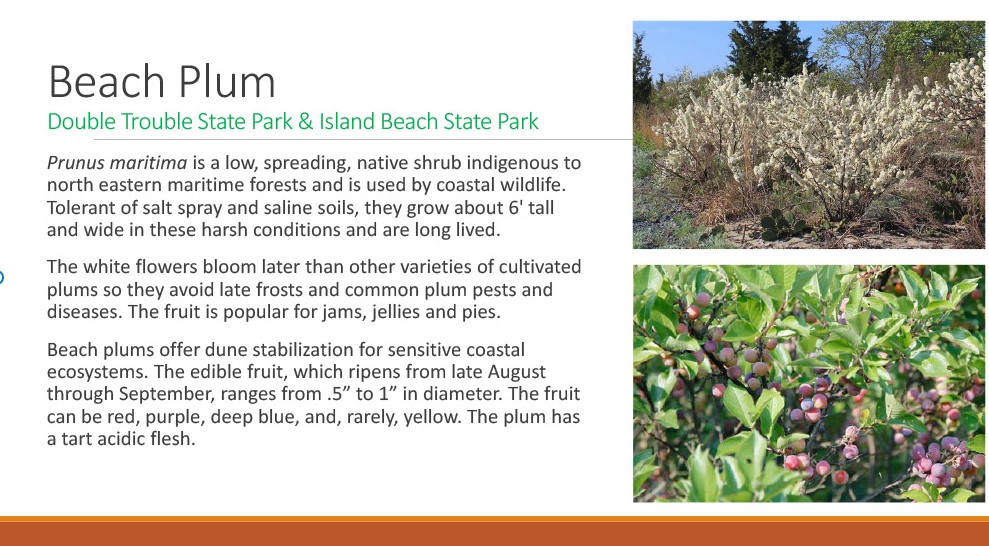
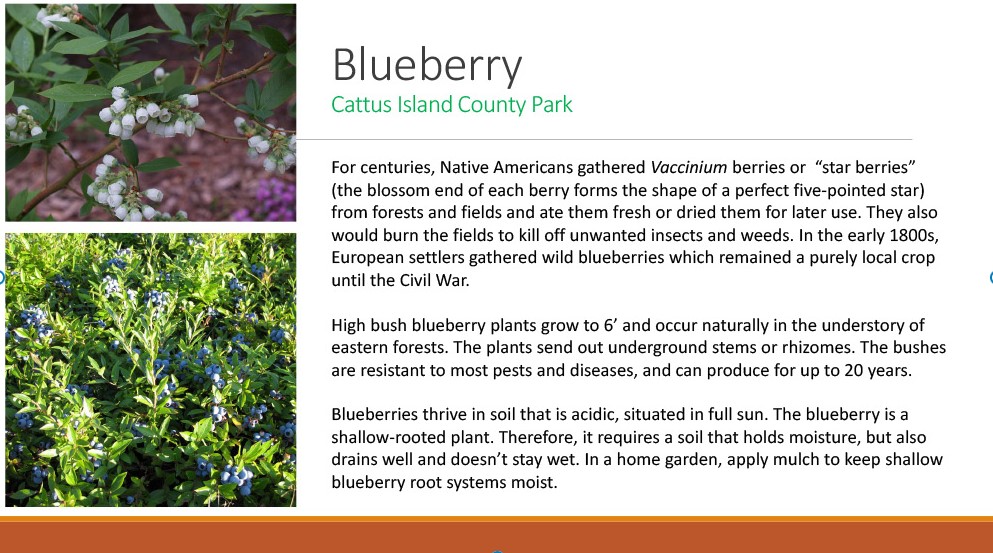
As a side note, I’ve taken small cuttings from multiple plants that we’ve seen on the trips during the course. I have not been able to propagate all of them successfully, but some of them are doing very well! A prickly pear cactus paddle, a piece of mountain laurel from wells mills, bearberry cuttings from the pigmey pine forest and a few pieces of cranberry vine from double trouble are all showing positive signs of new growth!
